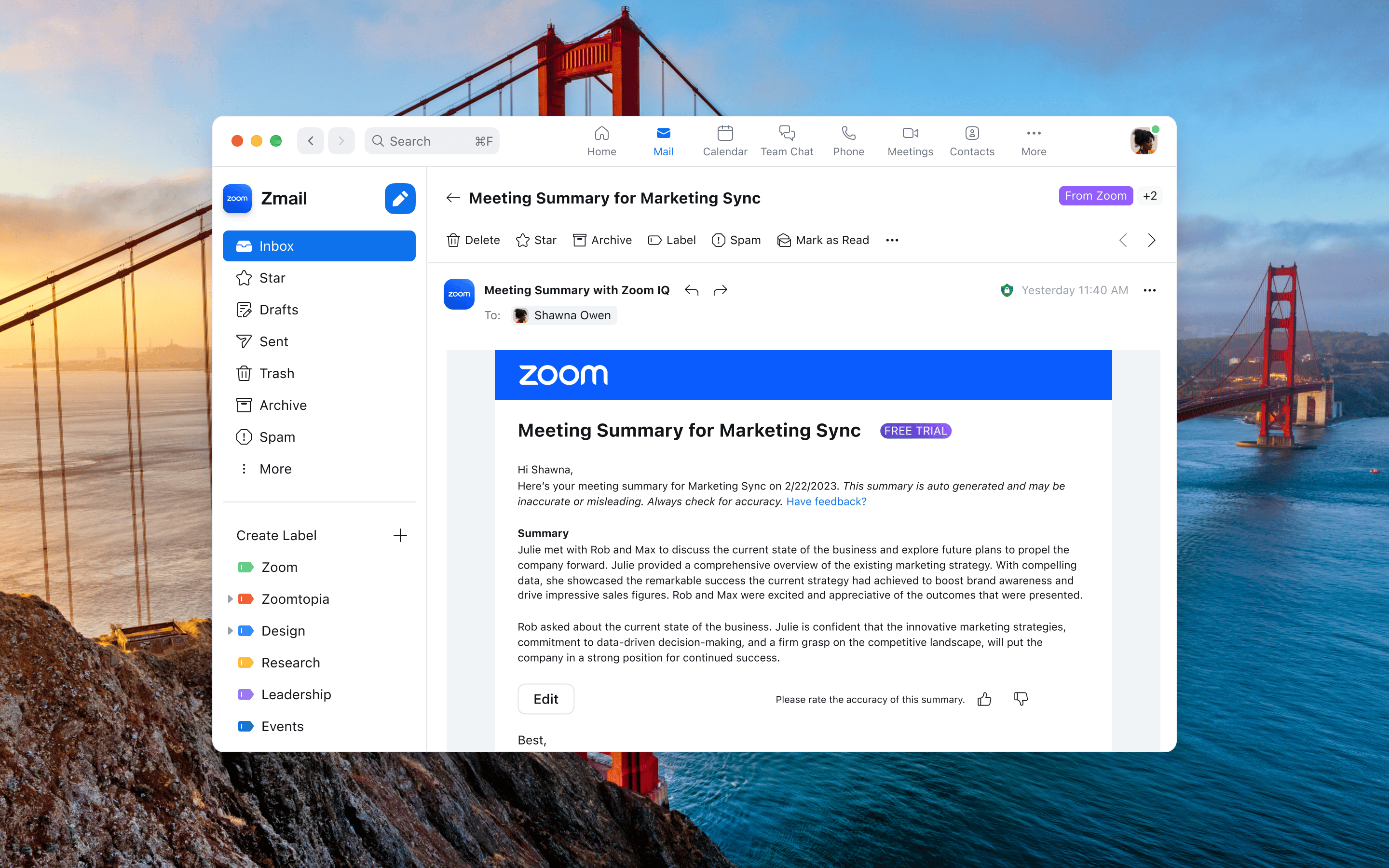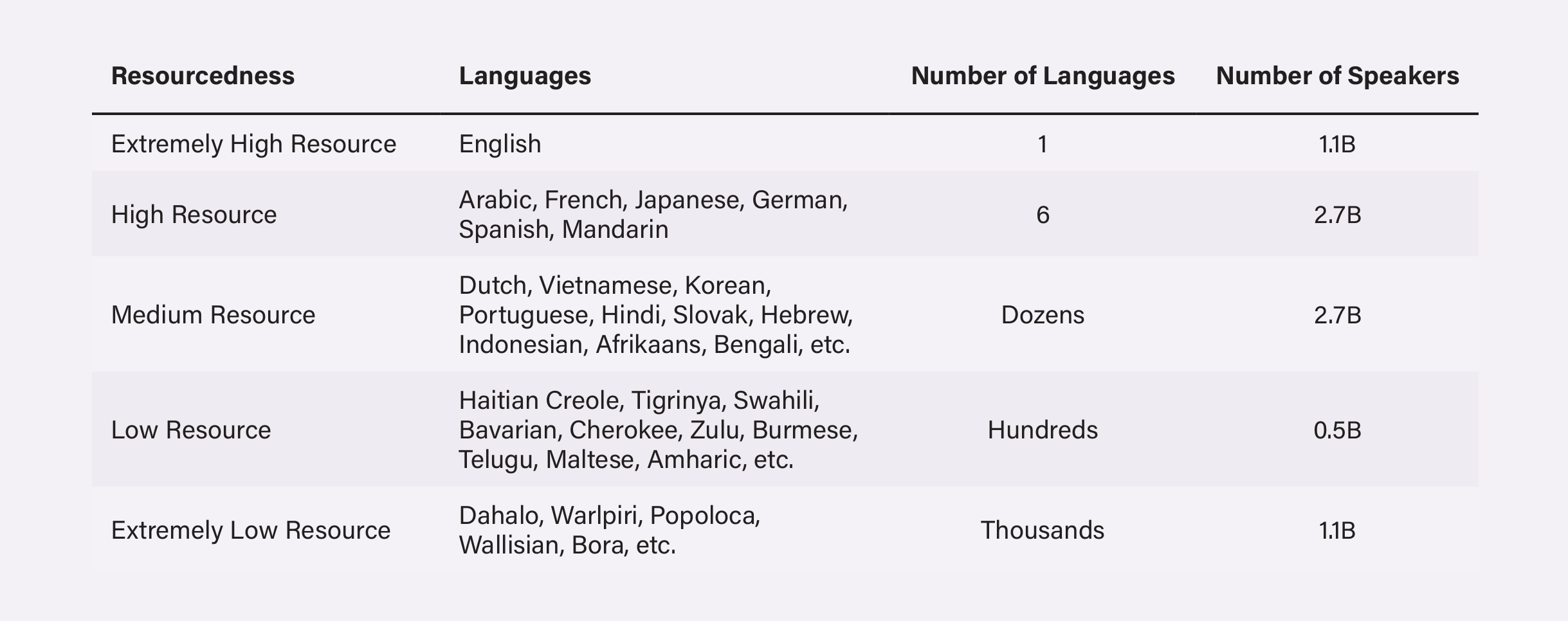Overview
Converting reports, summarizing meetings, and refining complex documents can take significant time without the right tools. This section explores how GenAI can synthesize, summarize, and translate content to simplify your daily tasks.
Applying This Tip
Before introducing a GenAI tool into your workplace, have open discussions with colleagues to build trust, gain consent, and align on how the tool will be used. A staff member should always review generated content to ensure accuracy before dissemination.
When having a day filled with back-to-back meetings, GenAI meeting assistants can lighten the administrative load by taking meeting minutes and generating meeting summaries. They work by recording the meeting to transcribe conversations in real time. Depending on the preferred tool, the meeting assistant can identify key decisions, flag unresolved questions and ideas, and summarize the next steps, all compiled into a meeting summary. For civil servants working with diverse teams, some tools also offer multilingual support.

You can start by integrating meeting assistants into internal meetings and progressively expanding their use for larger, cross-agency discussions. Check to see if your existing video conferencing platform, such as Microsoft Teams, Zoom, or Google Meet, already offers a built-in meeting assistant that you can enable with minimal setup. When using a GenAI meeting assistant in a meeting, first assess whether it is appropriate for the discussion. Then, be sure to follow confidentiality guidelines, informing attendees what is being recorded and how it will be used, and obtain their consent. It’s good practice to provide a reminder at the beginning of each meeting to maintain transparency and trust. Always review security protocols before enabling a GenAI tool.
To explore example policies set by governments regarding meeting minutes and recordings, review whether your government has relevant regulations in place. For example, the Artificial Intelligence (AI) and Board Minutes Issues Paper by the Governance Institute of Australia examines key issues related to using AI for board minutes and secretarial practices, drawing on established principles to assess its suitability.
Generative AI Use Case
Automate Meeting Minutes for Cross-Departmental Collaboration
In this fictional scenario, project managers from various teams within the UK Department for Science, Innovation & Technology (DSIT) hold a monthly meeting to discuss ongoing initiatives and cross-departmental collaborations. With managers overseeing diverse projects, keeping track of key updates, discussion points, and action items can be challenging. By integrating a GenAI meeting assistant, the team records the meeting with the preferred GenAI tool to capture key decisions, discussion points, and next steps. This allows project managers to focus fully on discussions rather than prioritizing note-taking. After the meeting, the AI generated summary provides a structured recap and detailed notes that can be quickly refined and shared, keeping all project managers informed and aligned.
Disclaimer: This is a fictional scenario. The mention of the UK DSIT does not imply or constitute any endorsement.
Questions to Consider When Tailoring The Tip:
- What types of meetings would be appropriate to pilot the tool?
- How will this tool supplement your existing process?
- Does the tool offer security methods for sensitive information discussed?
- How does the company handle, protect, or delete recorded data? What situations determine when data is deleted?
- How well does the tool handle different speakers, accents, dialects, or multiple languages?
- Does the tool accurately capture action items and key decisions?
- Does the AI use transcripts to train its model, and how does that impact data privacy?
- What review process should be established before sharing GenAI-generated notes and summaries?
Refine Content for Accessibility and Brevity
Government reports, policies, and technical documents are filled with crucial information but aren’t always easily digestible. Policymakers may need simplified briefs, the public requires jargon-free announcements, and leadership typically prefers concise summaries over full reports. Similarly, technical documents need to be reframed for non-technical audiences to not get lost in details.
Using a GenAI tool, you can quickly adapt a single core document, such as a policy report, into multiple formats tailored to different needs and audiences. Below is an overview of key ways a GenAI tool can be applied across different government functions:
| Application | How It Works | Benefit |
|---|---|---|
| Editing for Brevity in Public Announcements, Memos, or FAQs | Use a chatbot to remove jargon and translate complex policy language into clear, accessible public statements. See our example GenAI prompts and responses for additional ways to interact with a chatbot. | Makes complex policies easier to navigate for both internal staff and the public |
| Condensing Reports into Briefs | Use a chatbot specialized GenAI tool for policy and report synthesis (e.g., Policy Insider AI) to summarize long reports into concise overviews, tailored for different audiences. See our example GenAI prompts and responses for additional ways to interact with a chatbot. | Helps senior leadership and key decision makers quickly grasp critical information |
| Turning Documents into Presentations | GenAI tools (e.g., Plus AI) can generate PowerPoint-style presentations from text reports. To use, select the presentation type prompt and upload documents to generate a presentation in Google Slides or Microsoft PowerPoint. | Speeds up the process of preparing presentations for meetings, briefings, or training sessions |
| Transforming Text into Audio Briefings | GenAI tools (e.g., Google’s NotebookLM) can convert written reports into podcast-style summaries. To use, create a notebook and add documents or links to sources. Then follow the prompt to generate an audio overview. | Provides a convenient audio format to listen to key updates during travel or between meetings |
Generative AI Use Case
Save Time with a Custom GPT Model
In January 2025, the Nigerian Government launched the beta version of Service-Wise GPT. The customized ChatGPT model “provides instant access and simplifies the referencing of Public Service Rules, Statutory Instruments, Regulations, Guidelines, and other critical information relevant to the operations of the Federal Civil Service” (OHCSF, 2025). A research study evaluating the tool’s trial phase in 2024 found that 73% of users saved 2-3 hours in their workday, and the tool received a 90% user recommendation rate for its efficiency and accessibility. Service-Wise GPT helps civil servants in drafting policy, preparing official memos and assisting research. It also allows them to tailor official rulings, policies, and plans to different audiences.
Disclaimer: The mention of Nigeria’s Office of the Head of the Civil Service of the Federation does not imply or constitute any endorsement.
Questions to Consider When Tailoring The Tip:
- What messaging tone and language would be most appropriate for your audience?
- What kinds of review processes should you put in place to prevent misinformation?
- How will this tool supplement your existing process?
Translate Documents for a Multilingual Audience
Similar to adapting documents into different formats, you can also use GenAI tools to translate documents into multiple languages, making information more accessible to public audiences and collaborators across different regions. This capability is particularly valuable for government agencies working with multilingual communities, international partners, or cross-border initiatives, ensuring that critical information is understood by all. Unlike traditional translation software that translates word for word, GenAI translation tools analyze the context, tone, and meaning of the text to improve accuracy and cultural sensitivity.
GenAI translation tools perform better for languages with a strong digital presence because they have more available text for training, while languages with little digital presence and limited data often receive more inaccurate translations. For less widely documented languages, it’s important to review what languages the GenAI model has been trained on. Below is a table ranking languages from high-resource to low-resource based on the amount of available web datasets.

A good approach is to use a multilingual GenAI translation tool that has been developed specifically for your country or region; they are trained on native datasets that better reflect local dialects, slang, and linguistic nuances. For example, BharatGen, a government-funded GenAI initiative for Indian languages, works to develop GenAI translation tools and train models to enhance language translation for languages with little digital presence and limited available data. In the Expanded ASEAN Guide on AI Governance and Ethics – Generative AI, the guide includes policy recommendations for ASEAN member states to explore strategies for responsible multilingual AI tool development and adoption. To learn more about how GenAI is becoming more inclusive of different languages, read Opinion: Localizing AI Through Languages is a 2025 Imperative
Generative AI Use Case
Bridge Language Gaps in Governance
In multilingual regions where residents speak multiple languages, dialects, and local slang, language barriers can limit the reach and effectiveness of government communication. In Manila, Philippines, the Public Information Office (PIO) Complaints Desk receives public feedback in multiple languages, including Tagalog, Taglish, and other languages requiring civil servants to manually review and process each submission. To streamline this process, the PIO has implemented an AI system in partnership with Senti AI, which automates translation and analysis of complaints. This system eliminates the need for manual translation, allowing civil servants to process submissions and respond to public complaints faster.
Disclaimer: The mention of the Philippines PIO does not imply or constitute any endorsement.
Questions to Consider When Tailoring The Tip:
- How can you ensure accuracy of language translations, and what cross-checking process should be in place?
- Are there variations in translation quality across different languages?
- What types of documents are suitable for translation (i.e., are legal and policy documents appropriate for translation?)
- Does the tool allow for manual editing and refinement of translations?